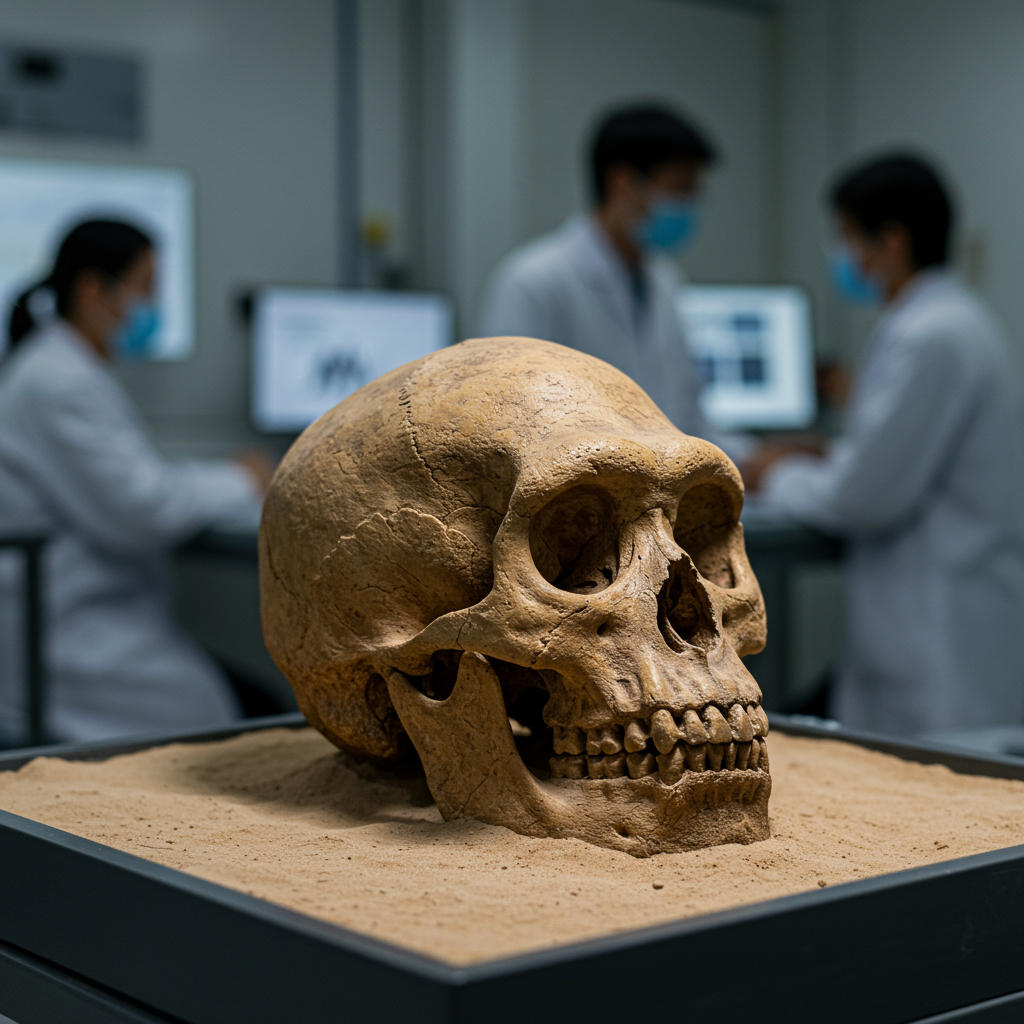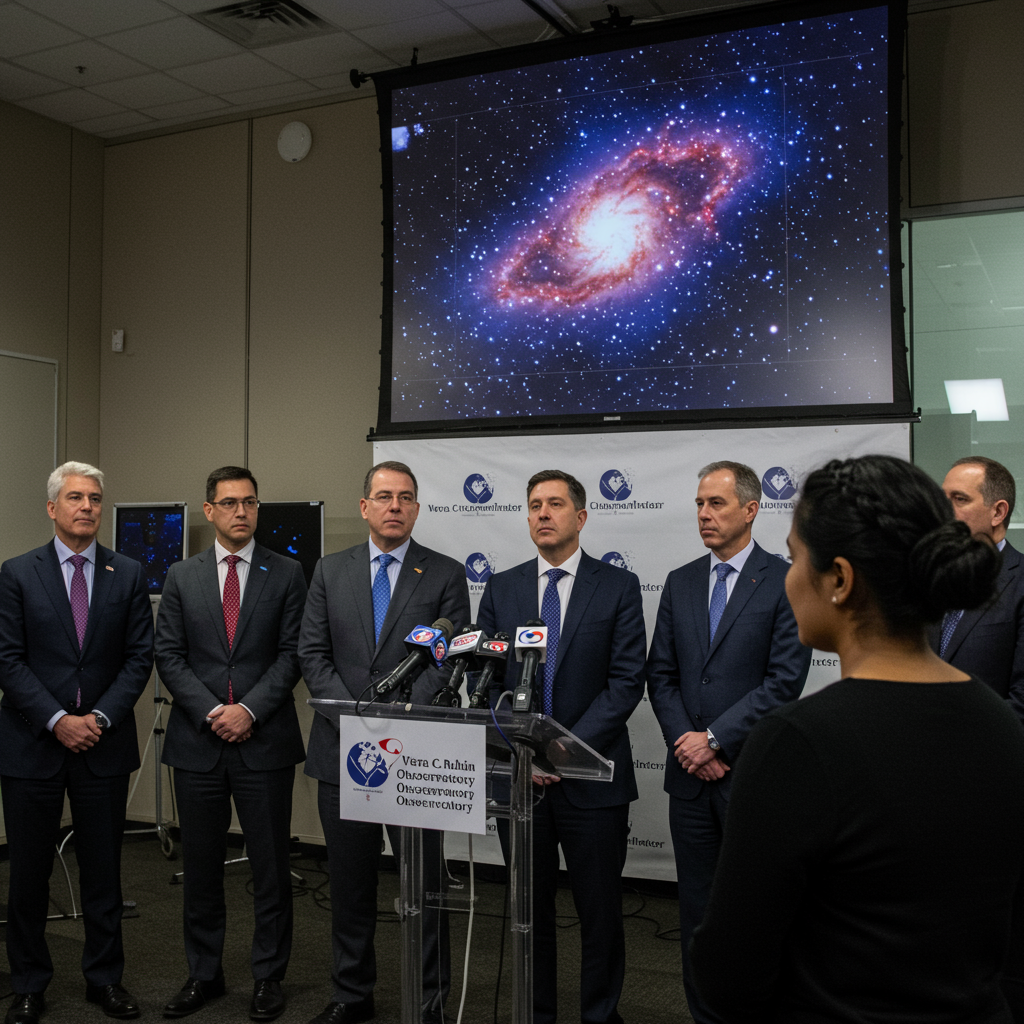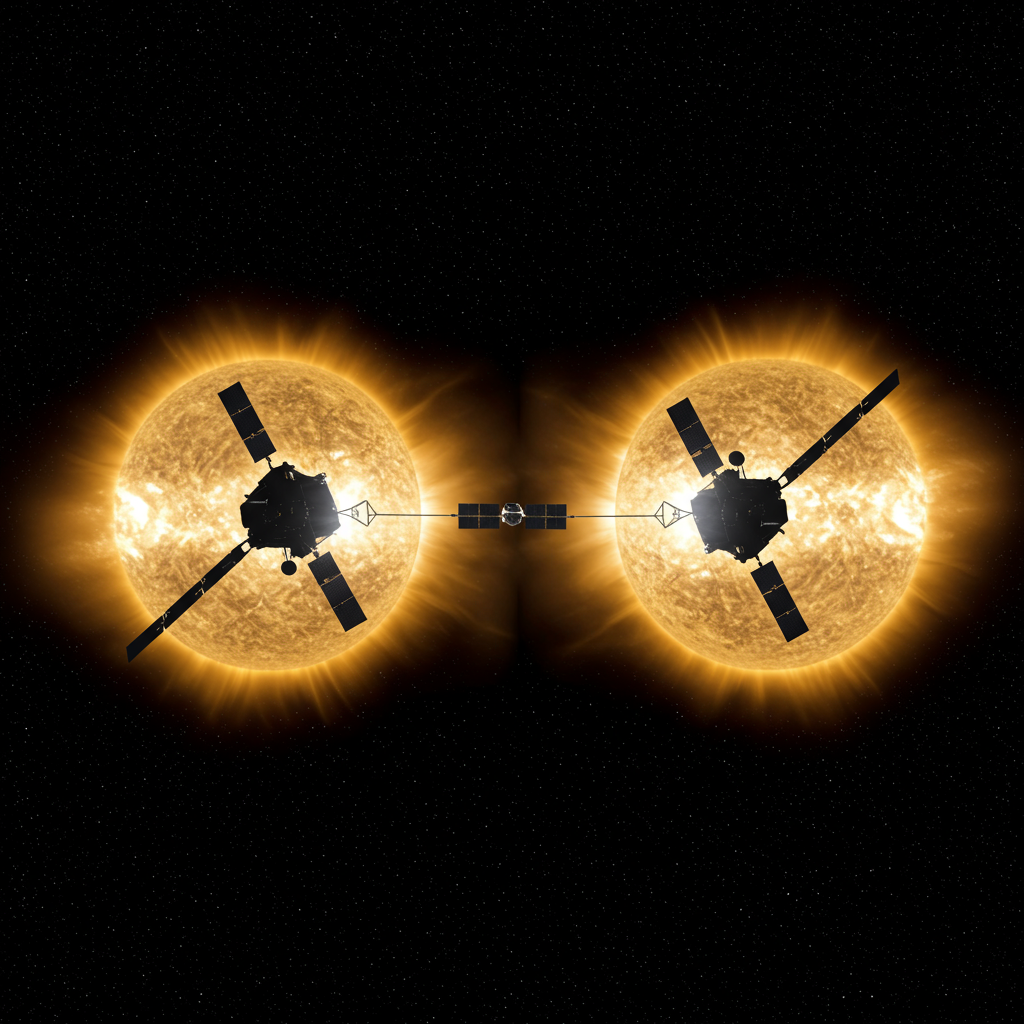A groundbreaking scientific discovery is dramatically reshaping our understanding of human evolution. A million-year-old skull unearthed in central China, known as Yunxian 2, suggests that our species, Homo sapiens, may have emerged far earlier than previously thought – potentially pushing back our origins by a staggering half a million years. This revelation not only challenges established timelines but also indicates a much longer period of coexistence with other ancient human relatives, stirring both excitement and debate among paleoanthropologists globally.
The Groundbreaking Yunxian 2 Discovery
The story begins in Hubei Province, central China, where a Chinese research team uncovered the ancient human skull, Yunxian 2. Dated to a million years ago, its age initially led scientists to categorize it as Homo erectus, an early ancestor known for larger brains and upright posture. Homo erectus was long believed to be the precursor that eventually diverged into species like Neanderthals and Homo sapiens around 600,000 years ago. However, the subsequent, meticulous analysis of Yunxian 2 has sparked a monumental re-evaluation.
Re-evaluating Ancient Ancestors
The skull, along with two others found nearby, was initially damaged and distorted from its ancient resting place. To overcome this, a team co-led by Professor Xijun Ni of Fudan University employed advanced techniques. They painstakingly scanned the distorted fossils, then utilized sophisticated computer modeling to digitally “undistort” them, restoring their presumed original shape. Finally, 3D printing created accurate replicas, allowing for an unprecedented level of detailed study.
This rigorous re-analysis revealed that Yunxian 2 was not Homo erectus after all. Instead, it was reclassified as an early form of Homo longi, often referred to as a “sister species” that had a similar level of development to both Neanderthals and early Homo sapiens. This finding has profound implications. If an early Homo longi was walking the Earth a million years ago, as genetic evidence suggests it coexisted with other advanced hominins, then early versions of Neanderthals and even Homo sapiens must have also been present during that incredibly distant past.
A Million-Year Shift in Human Evolution
The reclassification of Yunxian 2 signifies a dramatic shift in the evolutionary timeline of large-brained humans. Professor Chris Stringer of the UK’s Natural History Museum, a co-lead on the research, explains that this pushes back the accepted timeline by at least half a million years. This suggests that the evolutionary branches leading to Homo sapiens and Neanderthals were forming far earlier than previously understood. Professor Stringer even speculates that undiscovered million-year-old fossils of Homo sapiens might exist somewhere, awaiting discovery.
Unraveling the “Muddle in the Middle”
One of the most exciting implications of this earlier timeline is its potential to resolve a long-standing mystery in paleoanthropology: the “muddle in the middle.” This term refers to numerous human fossil remains, dating between 800,000 and 100,000 years ago, that scientists have struggled to definitively classify or place within the human family tree. They often exhibit a confusing mix of archaic and modern features, making precise lineage difficult.
Professor Ni suggests that an earlier emergence of Homo sapiens, Homo longi, and Neanderthals offers a neat solution. Many of these hard-to-classify fossils could now be grouped as subgroups belonging to one of these “big three” species, or their more primitive ancestors like Asian Homo erectus or Homo heidelbergensis. He describes human evolution like a complex “tree” with several interconnected branches, emphasizing that the three major, closely related branches likely coexisted and possibly even interbred for nearly a million years.
Scientific Scrutiny and Ongoing Debate
The scientific community, while intrigued, is approaching these claims with cautious optimism. The research relied on two primary methods to pinpoint Yunxian 2’s species and age: detailed analysis of its skull morphology and genetic data. Both methods reportedly yielded consistent conclusions. However, such groundbreaking assertions naturally invite rigorous scrutiny.
Dr. Aylwyn Scally, an evolutionary geneticist at Cambridge University, acknowledges the plausibility of the findings but stresses that they are “far from certain.” He highlights considerable uncertainties inherent in both morphological and genetic dating methods. Pinpointing exact timings, he notes, is exceptionally difficult, with potential error margins exceeding 100,000 years or more. Dr. Scally emphasizes that more definitive evidence, particularly additional genetic data, is crucial to bolster confidence in these revised timelines.
Asia’s Role in Early Human History
The discovery in China naturally raises questions about the geographical origins of Homo sapiens. With the earliest confirmed evidence for our species in Africa dating back 300,000 years, it’s tempting to hypothesize an earlier Asian emergence. However, Professor Stringer cautions against premature conclusions. He points out the need to integrate other million-year-old human fossils from Africa and Europe into the analysis before making definitive statements about Homo sapiens’ initial geographical spread.
The complexity of Asia’s hominin record is a dynamic area of research. For instance, recent proposals suggest a new species, Homo juluensis, existed in eastern Asia from approximately 300,000 to 50,000 years ago, potentially even including the enigmatic Denisovans. Such ongoing discoveries, like Yunxian 2 and the discussions around Homo juluensis, continually underscore the rich and often surprising tapestry of early human history across the Asian continent. These new findings demonstrate that our family tree is far from fully mapped, with new branches and connections being identified regularly.
Broader Implications for Our Family Tree
The reclassification of the Yunxian 2 skull epitomizes the ever-evolving nature of paleoanthropology. Each fossil, each technological advancement in analysis, has the potential to dramatically reshape our understanding of where we come from. This new research not only pushes back the timeline for Homo sapiens’ emergence but also paints a picture of a more complex and interconnected prehistoric world, where multiple human species coexisted, interacted, and perhaps even interbred for vast stretches of time. It encourages us to re-examine long-held assumptions and embrace the dynamic, unfinished story of human evolution.
Frequently Asked Questions
What is the significance of the Yunxian 2 skull discovery?
The Yunxian 2 skull, a million-year-old fossil found in central China, is significant because its reclassification has dramatically pushed back the accepted timeline for the emergence of advanced human species like Homo sapiens and Neanderthals by at least half a million years. Originally thought to be Homo erectus, advanced computer modeling revealed it to be an early form of Homo longi, suggesting a much earlier and longer period of coexistence between different advanced hominin groups, profoundly impacting our understanding of human evolution.
How does the Yunxian 2 skull challenge previous theories of human evolution?
The Yunxian 2 skull challenges previous theories by extending the evolutionary timeline. Before this study, Homo sapiens and Neanderthals were believed to have diverged from Homo erectus around 600,000 years ago. If Yunxian 2, an early Homo longi (a sister species to Homo sapiens and Neanderthals), existed a million years ago, it implies that the ancestors of these species were also present much earlier. This extends the period of coexistence among these three major human lineages to approximately 800,000 years, a duration far longer than previously theorized.
What are the next steps for researchers studying ancient human evolution after this discovery?
Following the Yunxian 2 discovery, researchers face crucial next steps. There is a strong call for more evidence, particularly additional genetic data, to corroborate the findings and reduce the uncertainties in dating estimates. Experts also emphasize the need to incorporate analysis of other million-year-old human fossils found in Africa and Europe. This broader, integrated approach will help determine if the revised timeline holds true across different regions and to better understand the complex migration and diversification patterns of early human species globally.




